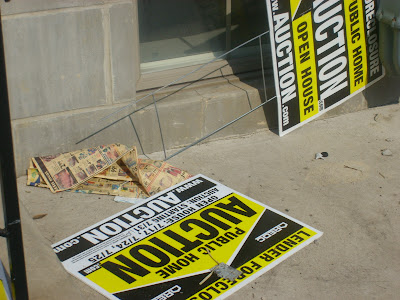1. Bikers like to use bike lanes
2. Philly needs more of them
3. A few streets with well laid out and maintained cycling lanes is good for both bikers and drivers
Again, nothing shocking, but it's nice to make these arguments with the benefit of solid data for once. It's also nice to a neutral party weigh in, instead of the angry back and forth that goes on between, say the Inquirer's Stu Bykofsky and the cycling advocate groups.

The two illustrations in the report caught my eye. The first points out that northern travel is highest on 22nd street, undoubtedly because it has a dedicated bike lane. Interestingly, the next street over had the lowest number of riders, suggesting that cyclists will change their route to seek out safer streets. This part is where drivers should pay attention: it means that giving up a few lanes of traffic for bike lanes means that the rest of the streets will have fewer riders on them, making it easier and safer for everyone.
The report ends with a map of the bicycle lanes in Center City. It's not bad, but the network contains gaps that are begging to be filled in. Using Google Maps to calculate distances, you can go from the existing grid,

to a much more useful one like this:

just by adding a little more than one mile of lanes (the yellow lines). If you are willing to add 2 more miles (in blue), you can end up with a total "loop" that encompasses Center City. Early bike lanes in the city were chosen by where it was easy to put down a lane, rather than where they were needed. The lanes on Pine and Spruce Streets were and are a big deal, but until the network is actually tied together, all of the individual lanes become less valuable. It will take political willpower to fill in the gaps, since it involves taking away either a driving lane or parking spaces. If the end result is a city that is safer for cyclists and better for drivers, though, surely that's not too much to ask?



 Don't look down
Don't look down


 Western side
Western side city skyline
city skyline I-76 bridge
I-76 bridge the banks below
the banks below



 in 2007
in 2007 In 1960
In 1960